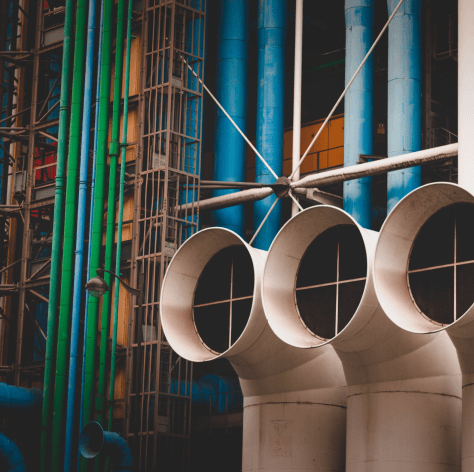SmartCity Innovations
This project focuses on implementing IoT and AI technologies to create a more efficient and sustainable urban environment.It includes smart traffic management,waste disposal, and energy optimization. SmartCity Innovations represent a transformative paradigm shift in urban development, harnessing cutting-edge technologies to revolutionize the way cities function and enhance the quality of life for their inhabitants. At its core, this forward-thinking approach integrates advanced information and communication technologies (ICT) with urban infrastructure to create a dynamic, efficient, and sustainable urban environment.








